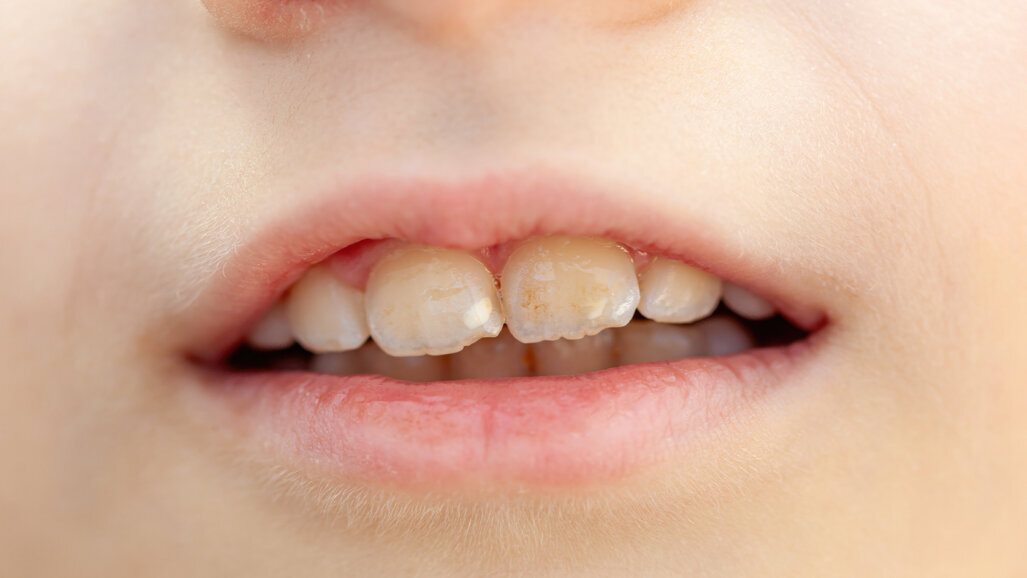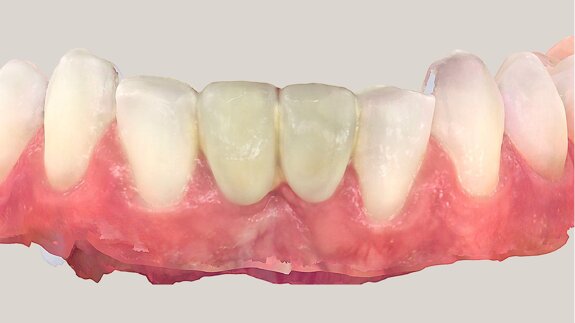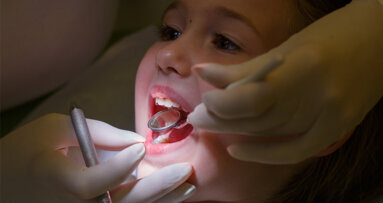VIENNA, Austria: Molar incisor hypomineralisation (MIH) has a significantly high global prevalence, affecting around 14% of the world’s population, and its causes are poorly understood. Employing data from the 6th German Oral Health Study, a team of researchers from Austria, Germany and Switzerland has sought to determine the prevalence of MIH among younger adolescents in Germany, and their findings suggest that occurrence is decreasing, but that the condition continues to pose a significant public health challenge.
The nationwide study involved 992 young adolescents and found that 15.3% of 12-year-olds in Germany are affected by MIH. While this marks a drop from the 28.7% reported in the previous national dental health survey, the researchers cautioned that the true figure may be higher owing to the exclusion of orthodontic patients.
Using a weighted dataset to ensure national representativeness, the researchers found that MIH is more common among adolescents from families of higher education status and typically involved about three to four teeth per affected child. Encouragingly, most cases were classified as mild, 63.3% of affected teens showing only demarcated opacities. More severe enamel breakdown was rare—only 9.2% had untreated enamel breakdown, while just 0.9% had MIH-related tooth extractions—and 26.6% of the adolescents had already received restorative treatment.
Besides MIH prevalence, the study looked at the associations between MIH and caries occurrence. It found that caries experience among adolescents with MIH was relatively low: only 8.2% had a history of caries, and just four individuals had untreated decay, countering some earlier studies that suggested a high caries risk in MIH-affected teeth.
Importantly, the study also assessed oral health-related quality of life and found no significant difference between those with and without MIH. This contrasted with mixed international findings in that some research has shown that MIH affected self-esteem and well-being, but others have not.
While the current MIH prevalence places Germany within the international average (13%–14%), the study reinforces the condition’s widespread nature. The researchers noted that regional German data—from cities like Munich and Frankfurt—align closely with national figures, confirming consistent distribution.
In conclusion, the authors called for more research into the causes and prevention of MIH, emphasising that the condition, although often mild, affects a large proportion of the population and warrants ongoing public health attention.
The study, titled “Molar incisor hypomineralization: Results of the 6th German Oral Health Study (DMS • 6)”, was published on 17 March 2025 in Quintessence International.
Topics:
Tags:
MUNICH, Germany: Molar incisor hypomineralisation (MIH) constitutes a global oral health issue, affecting around 14% of the world’s population. Like with ...
The intrusion of artificial intelligence (AI) into human life, especially within advanced capitalist economies, has been nothing less than epochal. Its ...
LEUVEN, Belgium: The prevalence of molar incisor hypomineralisation (MIH) in paediatric patients around the world is currently estimated at about 13%. Yet, ...
BAD HOMBURG VOR DER HÖHE, Germany: It is estimated that every seventh child in Germany is affected by molar incisor hypomineralisation (MIH). Besides the ...
GENEVA, Switzerland: In the lead up to the FDI World Dental Congress in Shanghai, FDI World Dental Federation spoke to Prof. Katrin Bekes, head of the ...
Live webinar
Mon. 12 January 2026
9:00 am EST (New York)
Prof. Judith Jones D.D.S; M.P.H., Prof. Kakuhiro Fukai D.D.S., Ph.D, Dr. Bathsheba (Bethy) Turton
Live webinar
Wed. 14 January 2026
12:00 pm EST (New York)
Dr. Théo Laplane, Dr. Robert Gottlander DDS
Live webinar
Fri. 16 January 2026
12:00 pm EST (New York)
Live webinar
Mon. 19 January 2026
1:00 pm EST (New York)
Philipp Kopp, Michael Seeber
Live webinar
Thu. 22 January 2026
2:00 pm EST (New York)
Dr. Nicola M. Grande DDS, PhD
Live webinar
Wed. 28 January 2026
8:00 am EST (New York)
Live webinar
Wed. 28 January 2026
11:00 am EST (New York)
Prof. Dr. Jan-Frederik Güth



 Austria / Österreich
Austria / Österreich
 Bosnia and Herzegovina / Босна и Херцеговина
Bosnia and Herzegovina / Босна и Херцеговина
 Bulgaria / България
Bulgaria / България
 Croatia / Hrvatska
Croatia / Hrvatska
 Czech Republic & Slovakia / Česká republika & Slovensko
Czech Republic & Slovakia / Česká republika & Slovensko
 France / France
France / France
 Germany / Deutschland
Germany / Deutschland
 Greece / ΕΛΛΑΔΑ
Greece / ΕΛΛΑΔΑ
 Hungary / Hungary
Hungary / Hungary
 Italy / Italia
Italy / Italia
 Netherlands / Nederland
Netherlands / Nederland
 Nordic / Nordic
Nordic / Nordic
 Poland / Polska
Poland / Polska
 Portugal / Portugal
Portugal / Portugal
 Romania & Moldova / România & Moldova
Romania & Moldova / România & Moldova
 Slovenia / Slovenija
Slovenia / Slovenija
 Serbia & Montenegro / Србија и Црна Гора
Serbia & Montenegro / Србија и Црна Гора
 Spain / España
Spain / España
 Switzerland / Schweiz
Switzerland / Schweiz
 Turkey / Türkiye
Turkey / Türkiye
 UK & Ireland / UK & Ireland
UK & Ireland / UK & Ireland
 Brazil / Brasil
Brazil / Brasil
 Canada / Canada
Canada / Canada
 Latin America / Latinoamérica
Latin America / Latinoamérica
 USA / USA
USA / USA
 China / 中国
China / 中国
 India / भारत गणराज्य
India / भारत गणराज्य
 Pakistan / Pākistān
Pakistan / Pākistān
 Vietnam / Việt Nam
Vietnam / Việt Nam
 ASEAN / ASEAN
ASEAN / ASEAN
 Israel / מְדִינַת יִשְׂרָאֵל
Israel / מְדִינַת יִשְׂרָאֵל
 Algeria, Morocco & Tunisia / الجزائر والمغرب وتونس
Algeria, Morocco & Tunisia / الجزائر والمغرب وتونس
 Middle East / Middle East
Middle East / Middle East











































To post a reply please login or register